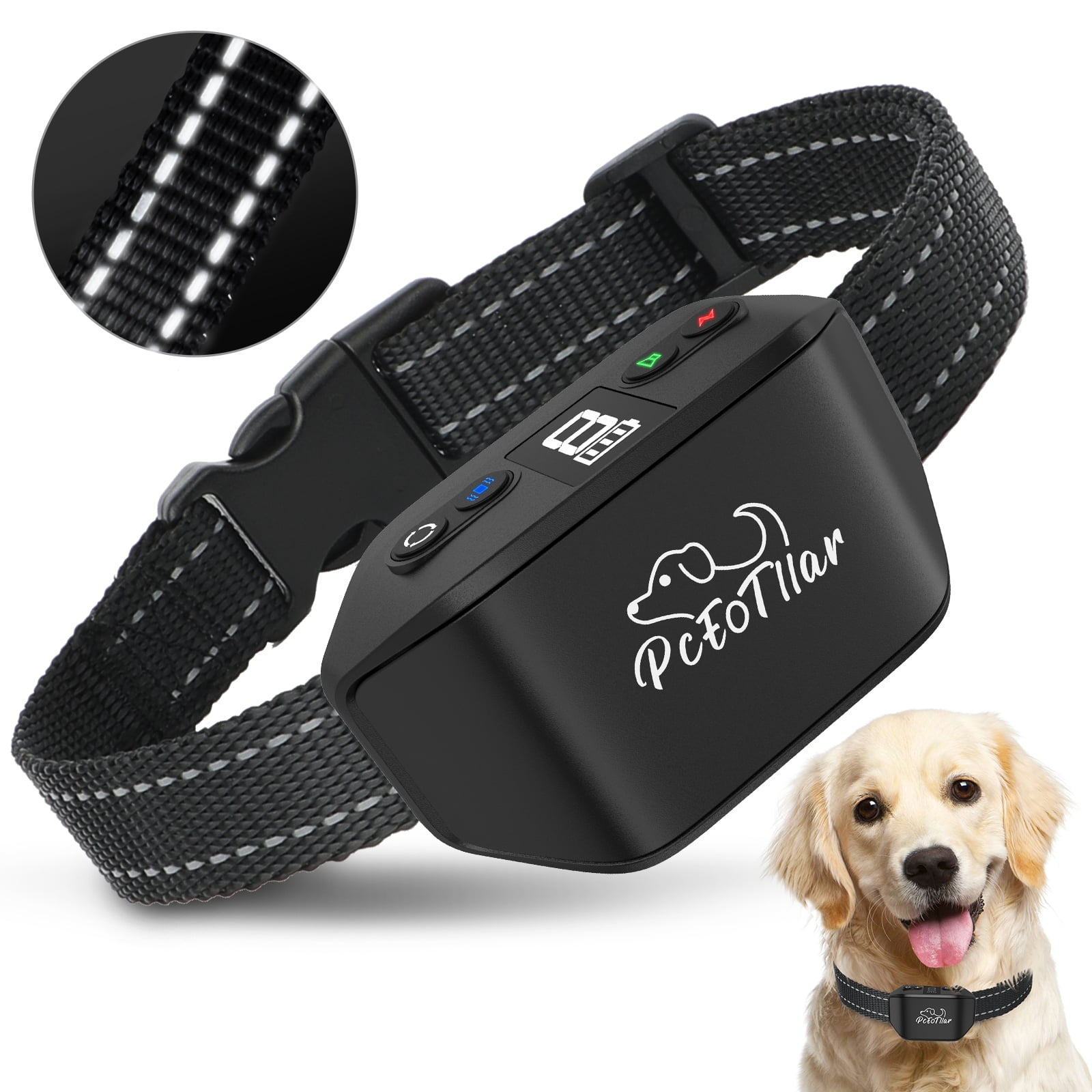Bark Shock Collars For Large Dogs
When it comes to managing barking habits in large dogs, many pet owners seek effective solutions that prioritize their furry companions’ well-being. Bark shock collars are one of those tools designed to help curb unwanted barking through a controlled and humane approach. In this article, we’ll explore the fundamentals of bark shock collars, their appropriate use, and the key considerations for pet owners.
Bark Shock Collars: How They Work
Bark shock collars are designed to respond when your dog barks. They use a stimulation technique that sends a gentle shock or vibration to the dog, alerting them that barking is not an acceptable behavior. This stimulation can be adjusted to various levels, allowing owners to choose what is best suited for their dog’s size and temperament. The aim is not to harm your dog, but to deter excessive barking through immediate feedback.
Choosing the Right Collar for Large Dogs

When selecting a bark shock collar for large dogs, it’s essential to choose one specifically designed for their size. A collar that is too small may not provide the adequate stimulation needed to deter barking effectively. Look for collars that have adjustable settings, allowing you to gradually increase the correction level as needed. Additionally, make sure the collar is comfortable and properly fits your dog to avoid any discomfort or injury.
Training with Bark Shock Collars

Training your large dog to understand that excessive barking is undesirable can take time and patience. It’s crucial to use the bark shock collar as part of a broader training strategy. Introduce commands such as “quiet” or “enough” and reward your dog when they comply. By pairing the collar’s stimulation with positive reinforcement, such as treats or praise, your dog will learn the desired behavior quicker and more effectively.
Understanding Ethical Concerns

Many pet owners have ethical concerns regarding the use of shock collars. It’s essential to ensure that any method used for training does not cause fear, anxiety, or pain. Therefore, it is advisable to use the lowest effective level of stimulation and to never leave the collar on for extended periods. Consistent monitoring and ensuring it is a tool for correction rather than punishment is crucial for your dog’s mental and emotional health.
Professional Guidance and Alternative Solutions

Before resorting to a bark shock collar, consider seeking guidance from a professional dog trainer who understands behavioral training. They can offer valuable insights and alternative solutions, such as positive reinforcement techniques or training strategies that can help mitigate barking without the use of collars. Sometimes, excessive barking stems from boredom or anxiety, which can often be resolved through increased exercise, socialization, and engagement.
Conclusion: Balancing Effectiveness with Compassion

Bark shock collars can be an effective tool for managing excessive barking in large dogs when used responsibly and correctly. They can serve as a part of a comprehensive training strategy that focuses on teaching your dog alternatives to excessive barking. Always prioritize compassion and understanding in training, and remember — the goal is to foster a happy, well-behaved pet. With the right approach, both you and your dog can enjoy a peaceful living environment.
Leave a Reply